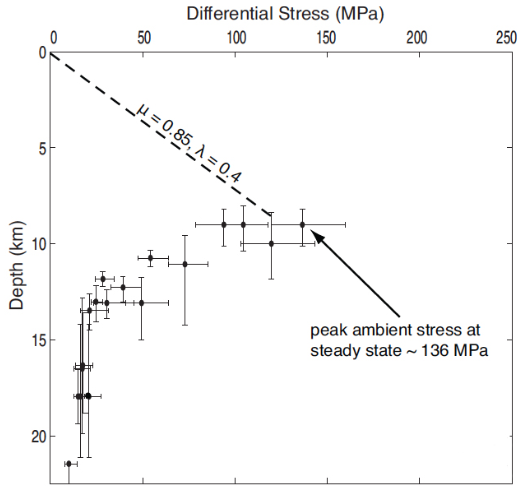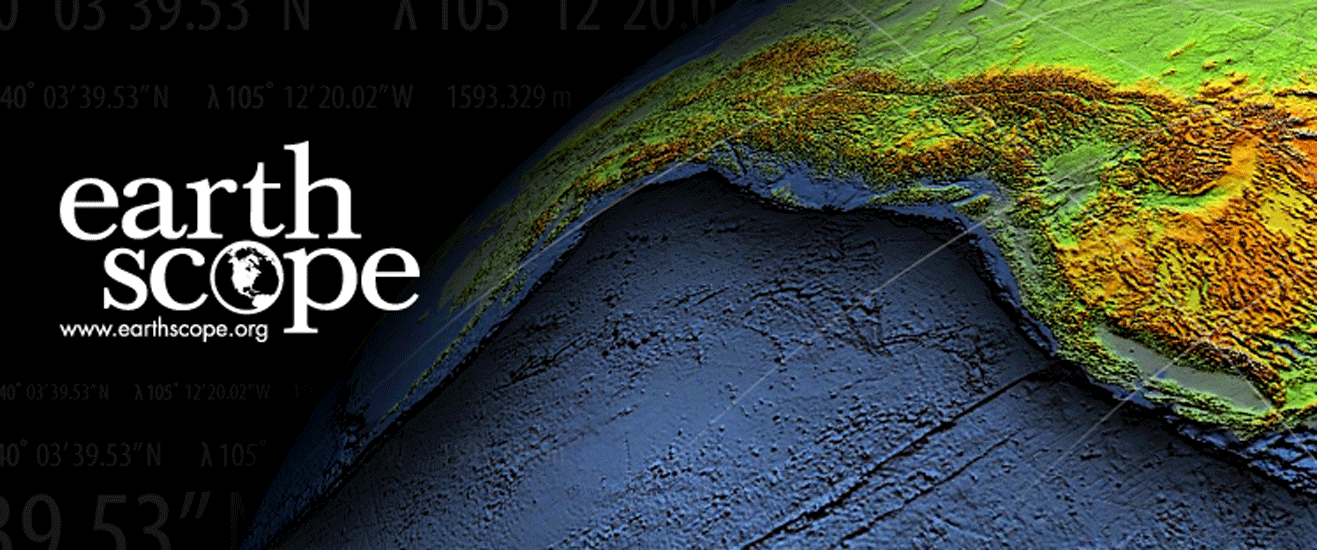Science Nugget - By John Platt (University of Southern California) and W. M. Behr (University of Texas Austin) - NSF EAR # 0809443 | 2008-2012
In this project we constructed the first observational stress-depth profile through the middle crust, which means we effectively determined the strength of the crust from the base of the seismogenic (earthquake-generating) zone at 9-12 km depth, which is likely to be the strongest part of the crust, to ~25 km depth, where the crust is relatively weak. We did this using the dynamically recrystallized grain-size in quartz to measure the stress, at the time of deformation, in mylonites along low-angle ductile normal faults in the Whipple Mtns of SE California and the Betic Cordillera in southern Spain. We measured temperature at the time of deformation using the Ti content of the quartz, 2-dimensional thermal modeling to determine the depth at the time of deformation, and a range of geochronological techniques to determine the timing and rate of deformation. Differential stresses from these rocks range from <10 MPa at depth to as much as 200 MPa at the base of the seismogenic zone.

References
Behr, W.M. and Platt, J.P., 2011. A naturally constrained stress profile through the middle crust in an extensional terrane. Earth and Planetary Science Letters, 303, 181–192.doi:10.1016/j.epsl.2010.11.044
Platt, J.P. and Behr, W.M., 2011. Lithospheric shear zones as constant stress experiments. Geology, 39, 127-130. doi: 10.1130/G31561.1
Platt, J.P., and Behr, W.M., 2011. Grainsize evolution in ductile shear zones: implications for strain localization and the strength of the lithosphere, J. Structural Geol., 33, 537-550. doi:10.1016/j.jsg.2011.01.018
Platt, J.P., Behr, W.M., 2011. Deep structure of lithospheric fault zones. Geophys. Res. Lett., 38, L24308, doi:10.1029/2011GL049719
Behr, W.M. and Platt, J.P., 2012. Kinematic and thermal evolution during two-stage exhumation of a Mediterranean subduction complex. Tectonics, 31, TC4025. doi:10.1029/2012TC003121.
Behr, W. M., and Platt, J. P., 2013, Rheological evolution of a Mediterranean subduction complex: Journal of Structural Geology, v. 54, p. 136-155.
Behr, W.M., Platt, J.P., 2014. Brittle faults are weak, yet the ductile middle crust is strong: Implications for lithospheric mechanics. Geophysical Research Letters v. 41, p. 8067-8075.





